Air fryer vs. deep fryer: which one should you choose? We put them to the test in a head-to-head showdown to determine which fryer produces the best French fries!
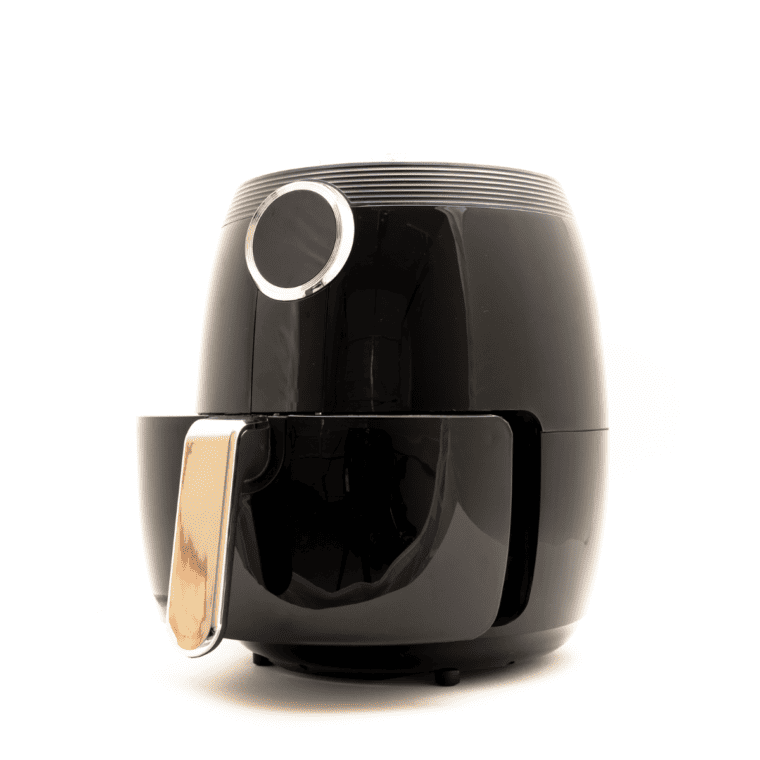
If so, then this is the article for you! We’ll explore all the ins and outs of these two cooking methods to help you decide which one—air or deep fryer—is best suited for your culinary needs.
From discussing their nutritional benefits to sharing tips for how to get that sought-after juicy inside with a perfectly golden exterior every time, let us lead you on a journey that will leave your taste buds satisfied.
What Is A Deep Fryer?
A deep fryer is a kitchen appliance designed specifically for frying food by submerging it in hot oil. It consists of a container or a pot that holds the oil and a heating element that maintains the oil at a consistent and controlled temperature. The deep fryer also typically includes a basket or a mesh tray where the food is placed for frying.
Deep fryers provide a convenient and efficient way to cook foods such as French fries, chicken wings, onion rings, and various battered or breaded items. The hot oil surrounds the food, creating a crispy and golden-brown exterior while cooking the interior to a tender and delicious state. The temperature control helps ensure the food cooks evenly and doesn’t become excessively oily.
Some deep fryers also have features like adjustable temperature settings, built-in timers, and safety mechanisms to prevent oil spills and overheating. While traditionally associated with commercial kitchens, deep fryers are also available in compact sizes for home use, making it easier for individuals to enjoy fried foods without needing large amounts of oil or extensive stovetop monitoring.
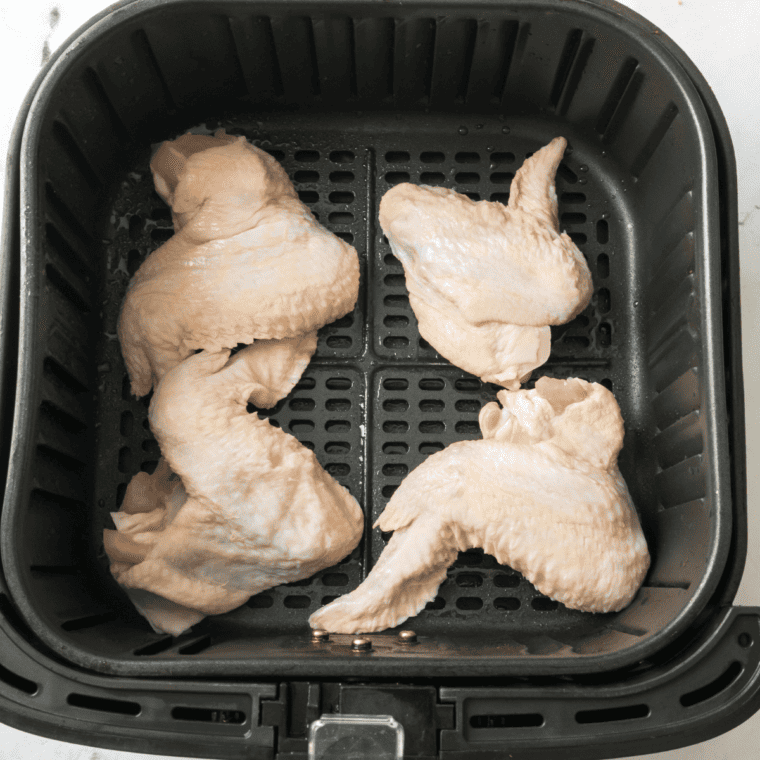
What Is An Air Fryer?
An air fryer is a kitchen appliance that cooks food by circulating hot air around it, producing a crispy and golden brown exterior similar to deep-frying but with significantly less oil. It uses rapid air circulation technology to evenly cook and brown the food, creating a crunchy texture without excessive oil immersion.
An air fryer typically consists of a basket or a tray where the food is placed, a heating element that generates the hot air, and a fan that circulates the air at high speeds. Combining these elements allows the air fryer to cook food quickly and efficiently while reducing the final dish’s overall oil content.
Air fryers are popular for their ability to produce healthier versions of fried foods, as they require significantly less oil compared to traditional deep frying methods. They can be used to prepare various foods, including French fries, chicken wings, vegetables, and even desserts, all with a crispy texture and a reduced fat content. Many air fryers also come with adjustable temperature settings and preset cooking programs for added convenience.
Overall, an air fryer work and provides a convenient and efficient way to enjoy the flavors and textures of fried foods while promoting a healthier cooking approach by using a fraction of the oil.

What Are The Main Differences Between a Deep Fryer And An Air Fryer Air Fryer vs. Deep Fryer
The main differences between a deep fryer and an air fryer lie in their cooking methods, the amount of oil used, the texture of the cooked food, and some features. Here’s a comparison of the two appliances:
Cooking Method:
- Deep Fryer: In a deep fryer, food is submerged in hot oil, which cooks it through direct contact with the oil.
- Air Fryer: An air fryer cooks food by circulating hot air around it, creating a crispy exterior through rapid air circulation.
Oil Usage:
- Deep Fryer: Requires substantial oil to completely submerge the food, resulting in a crispy and deeply fried texture.
- Air Fryer: Uses minimal oil, typically just a light coating or spray, to achieve a crispy texture without submerging the food in oil.
Texture and Healthiness:
- Deep Fryer: Produces a crispy and indulgent texture but can result in higher fat content due to the oil absorption.
- Air Fryer: Produces a similar crispy texture without excessive oil, making the food healthier and lower in fat content.
Cooking Time:
- Deep Fryer: Cooking times can be relatively quick due to the high heat and oil immersion.
- Air Fryer: Cooking times are generally shorter than traditional methods due to the rapid air circulation.
Cooking Capacity:
- Deep Fryer: Typically has a larger capacity for cooking larger quantities of food at once.
- Air Fryer: Generally has a smaller cooking capacity, suitable for smaller batches.
Cleanup:
- Deep Fryer: This requires cleaning the oil reservoir, which can be messy and time-consuming.
- Air Fryer: Requires minimal cleanup as there’s no oil submersion. Removable parts are often dishwasher-safe.
Features:
- Deep Fryer: Some models may have temperature control, adjustable baskets, and oil filtration systems.
- Air Fryer: Often comes with adjustable temperature settings and preset cooking programs and may have baking and grilling functions.
Safety Considerations:
- Deep Fryer: This involves dealing with hot oil, which can be a safety concern if not handled carefully.
- Air Fryer: Uses less oil, reducing the risk of oil splatters and burns, making it generally safer.
In summary, while deep and air fryers can produce crispy and delicious results, the main differences lie in the cooking method, oil usage, texture, and overall healthiness of the food they prepare.
Deep fryers are known for their indulgent and deeply fried textures, while air fryers offer a healthier alternative with reduced oil content and a similar crispiness. Your choice depends on your cooking preferences, dietary considerations, and desired textures.
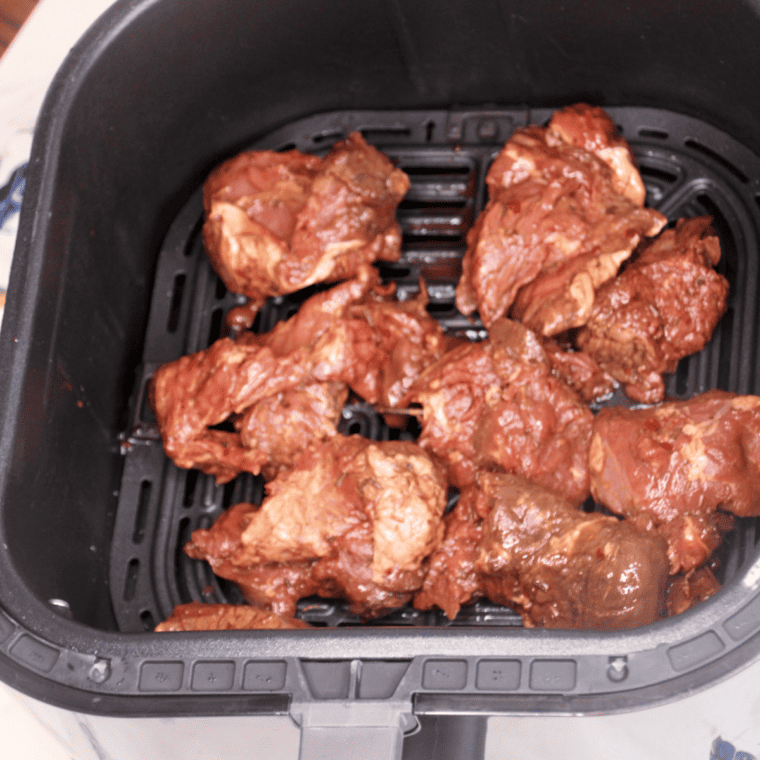
What Are The Benefits Of Using An Air Fryer Over Deep Fryer
Using an air fryer over a deep fryer offers several benefits, particularly health, convenience, and versatility. Here are some advantages of using an air fryer:
- Healthier Cooking: One of the biggest advantages of an air fryer is its ability to cook food with small amount of oil than deep fryers. This reduces fat content and fewer calories in the final dish, making it a healthier cooking option.
- Reduced Health Risks: With less oil used in cooking, there’s a lower risk of consuming excessive unhealthy fats, which can contribute to cardiovascular disease, chronic diseases, and other health issues associated with fried foods.
- Crispy Texture: Air fryers use rapid air circulation to create a crispy exterior similar to deep frying, achieving the desired texture without excessive oil immersion.
- Less Mess: Air fryers require minimal oil, reducing the potential for oil splatters and mess during cooking. This makes cleanup easier and more convenient compared to deep frying.
- Versatility: Air fryers are versatile appliances that can not only air fry but also bake, roast, grill, and reheat food. This makes them useful for various cooking tasks, offering more cooking options than a traditional deep fryer.
- Faster Cooking Time: Air fryers cook food faster than some traditional methods due to their rapid air circulation. This can help save time in meal preparation.
- Energy Efficiency: Air fryers often require less energy than deep fryers during cooking, as they don’t need to heat and maintain a large quantity of oil.
- No Need for Oil Disposal: Deep frying generates used oil that needs to be disposed of properly. With an air fryer, there’s no need to deal with excess oil disposal.
- No Oil Odor: Deep frying can produce strong oil odors that linger in the kitchen. Air frying significantly reduces the oil aroma.
- Safety: Air fryers are generally safer due to the reduced risk of oil splatters and burns associated with deep frying.
- Environmental Impact: Using less oil in cooking reduces the demand for cooking oil, contributing to less environmental impact on oil production and waste.
In summary, using an air fryer offers numerous benefits over a traditional deep fryer, including healthier cooking, reduced mess, versatile cooking capabilities, and improved safety. It’s a modern and efficient way to achieve crispy and delicious results with less oil consumption.
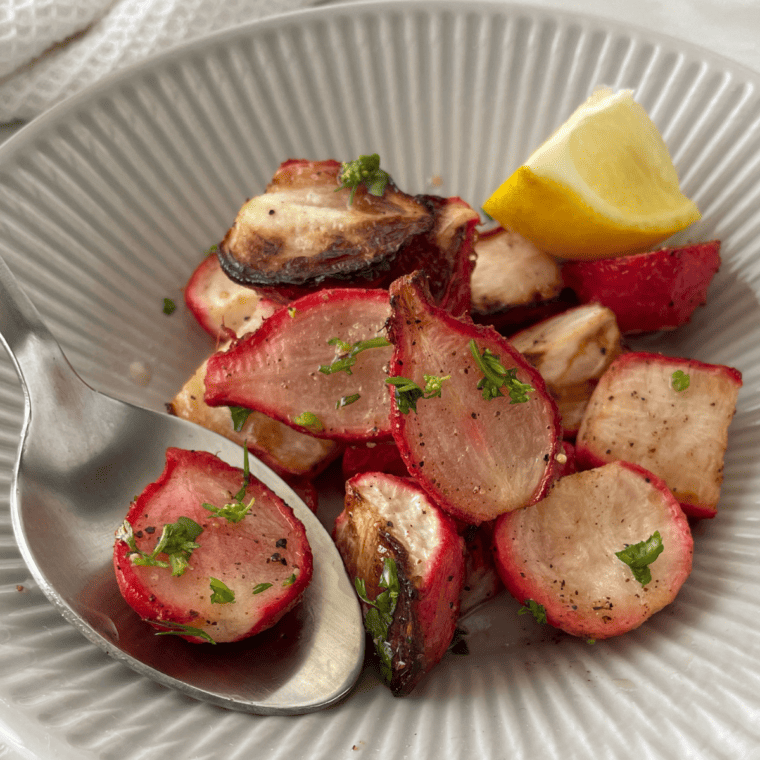
What Are Some Great Air-Fried Foods
Air fryers have become a popular kitchen appliance due to their ability to replicate the crispiness of deep-fried foods with significantly less oil. Here are some great foods that can be prepared using an air fryer:
Air Fryer Vegetables:
- Air Fryer Brussels Sprouts: Become deliciously crispy on the outside and tender inside.
- Air Fryer Sweet Potato Fries: A healthier alternative to regular fries.
- Air Fryer Zucchini Fries: Thinly sliced and seasoned for a light snack.
Proteins:
- Air Fryer Chicken Wings: Get a crispy skin without the grease.
- Air Fryer Frozen Salmon: Achieves a crispy crust while keeping the inside moist.
- Air Fryer Steak: Quick searing results in a juicy interior.
- Air Fryer Tofu: Gets a crispy exterior, great for adding to salads or wraps.
Snacks & Appetizers:
- Air Fryer Mozzarella Sticks: Crispy on the outside with a gooey melted interior.
- Air Fryer Spring Rolls or Air Fryer Egg Rolls: Achieve a crunchy wrap without deep frying.
- Air Fryer Jalapeño Poppers: Perfectly crispy with a spicy kick.
Potatoes:
- Air Fryer French Fries: Less oil but still with that desired crispiness.
- Air Fryer Potato Wedges: Seasoned and cooked to perfection.
- Air Fryer Hash Browns: Crispy and golden without the sogginess.
Air Fryer Desserts:
- Air Fryer Doughnuts: Light and fluffy inside with a slight crisp on the outside.
- Air Fryer Churros: A sweet treat without the deep-fryer guilt.
- Air Fryer Apple Fritters: Crispy, sweet, and deliciously golden.
Air Fryer Seafood:
- Air Fryer Fish Fillets: Achieve a crispy crust without overcooking the inside.
- Air Fryer Soft-Shell Crabs: Crispy all over and perfect for sandwiches.
- Air Fryer Shrimp: Cooked quickly to retain a juicy interior.
Other Favorites:
- Air Fryer Pizza Rolls or Air Fyrer Bagel Bites: A quick snack or appetizer.
- Air Fryer Stuffed Mushrooms: Perfectly cooked with a lovely texture.
- Air Fryer Meatballs: Evenly cooked with a nice exterior browning.
Breads & Sandwiches:
- Air Fryer Grilled Cheese Sandwich: Crispy bread with perfectly melted cheese inside.
- Air Fryer Hand Pies: Flaky crust with a warm, delicious filling.
These are just a few examples of the many dishes you can prepare using an air fryer. The device is incredibly versatile, allowing for experimentation and creativity in the kitchen. With its ability to produce crispy, golden results with minimal oil, the air fryer has opened up a world of healthier alternatives to many beloved fried foods.

Air Fryer vs. Deep Fryer: Which one is better?
The choice between an air fryer and a deep fryer depends on your cooking preferences, dietary considerations, and the results you want to achieve. Both appliances have their advantages and disadvantages:
Air Fryer:
- Healthier Option: Air fryers require significantly less oil to achieve a crispy texture, making them a healthier choice for those looking to reduce their fat intake. Only a little oil goes a long way in the air fryer, and most air fryer foods are spritzed with olive oil ( on the outer layer of the food) rather than traditional deep fryers, which are in a bath of hot oil.
- Less Mess: Air fryers produce fewer oil splatters and require less oil, resulting in easier cleanup than deep fryers.
- Versatility: Air fryers can also bake, roast, grill, and reheat food, offering a wider range of cooking options beyond just frying.
- Convenience: Air fryers often come with presets and adjustable settings, making them easy to use for various dishes.
Deep Fryer:
- Crispier Texture: Deep fryers can achieve a more indulgent, deeply fried texture that some find more satisfying for certain dishes.
- Faster Cooking Time: Deep fryers cook food faster due to the high heat and oil immersion.
- Traditional Flavor: Deep frying can provide fried foods’ traditional flavor and texture.
- Wide Cooking Range: Deep fryers can handle a variety of foods, from battered items like chicken wings to doughnuts.
In summary, an air fryer might be the better choice if you’re looking for a healthier cooking method with reduced oil consumption. It can offer similar textures to deep frying while being more versatile. However, a deep fryer might be more suitable if you prioritize achieving that classic deep-fried flavor and texture, especially for certain comfort foods. Ultimately, the “better” choice depends on your cooking style, preferences, and dietary goals.
Which is the best Deep Fryer?
Selecting the “best” deep fryer depends on your needs, preferences, and budget. There are several highly-rated deep fryer brands and models available on the market. Here are some popular options that consistently receive positive reviews:
- T-fal Deep Fryer: T-fal offers a range of deep fryers with various capacities and features. Their models often come with adjustable temperature controls and viewing windows.
- Cuisinart Deep Fryer: Cuisinart deep fryers are known for their sleek designs and innovative features. Some models have digital controls and built-in timers.
- Presto Deep Fryer: Presto deep fryers are known for their simplicity and affordability. They offer basic models with adjustable thermostats and easy cleanup.
- Hamilton Beach Deep Fryer: Hamilton Beach deep fryers are popular for their durability and user-friendly designs. Some models have multiple baskets for frying different foods simultaneously.
- De’Longhi Deep Fryer: De’Longhi offers deep fryers with advanced features like adjustable temperature controls, oil filtration systems, and removable parts for easy cleaning.
- Secura Deep Fryer: Secura deep fryers often come with large capacities and adjustable temperature controls. Some models have dual baskets for versatile frying options.
- Prestige Deep Fryer: Prestige deep fryers are known for their stylish designs and reliable performance. They offer various sizes to accommodate different cooking needs.
- Krups Deep Fryer: Krups deep fryers are praised for their compact size and efficient frying capabilities. They often have adjustable temperature settings and easy-to-clean parts.
When choosing the best deep fryer, consider factors such as frying capacity, temperature control options, safety features, ease of cleaning, and customer reviews. Additionally, think about the types of foods you’ll be frying and whether the deep fryer meets your specific cooking needs. Reading online reviews and comparing different models can help you make an informed decision based on your preferences.
Which is the best Air Fryer?
Determining the “best” air fryer depends on various factors, including your budget, cooking needs, available space, and personal preferences. Several well-regarded air fryer brands and models are on the market, each with its own set of features. Here are some popular air fryer and one might make a great option that consistently receive positive reviews:
- Ninja Foodi Air Fryer: Known for its versatility, Ninja Foodi air fryers often come with multiple cooking functions, including air frying, roasting, baking, and more. They offer various sizes to accommodate different cooking needs.
- Cosori Air Fryer: Cosori air fryers are praised for their user-friendly digital displays, preset cooking programs, and wide temperature range. They come in various sizes to suit different households.
- Philips Air Fryer: Philips is one of the pioneers of air fryers and offers models with advanced technology for even cooking. Their TurboStar technology ensures consistent results.
- Instant Vortex Air Fryer: Instant Pot’s air fryer line, the Instant Vortex, is known for its simplicity and ease of use. It often comes with presets for different types of foods.
- Cuisinart Air Fryer: Cuisinart offers a range of air fryers with features such as adjustable temperature and timer settings. They are available in different sizes to cater to various cooking needs.
- GoWISE USA Air Fryer: GoWISE USA air fryers are popular for their affordability and various models with different functions. They offer a range of sizes and colors.
- Emeril Lagasse Power Air Fryer: Endorsed by renowned chef Emeril Lagasse, these air fryers often come with pre-programmed cooking functions and a durable build.
- Chefman Air Fryer: Chefman air fryers are known for their compact designs and simple operation. They are suitable for individuals or small kitchens.
When choosing the best air fryer, consider factors like cooking capacity, available features, ease of use, customer reviews, and your specific cooking preferences. It’s also a good idea to read online reviews and compare different models to find the one that suits your needs and budget.
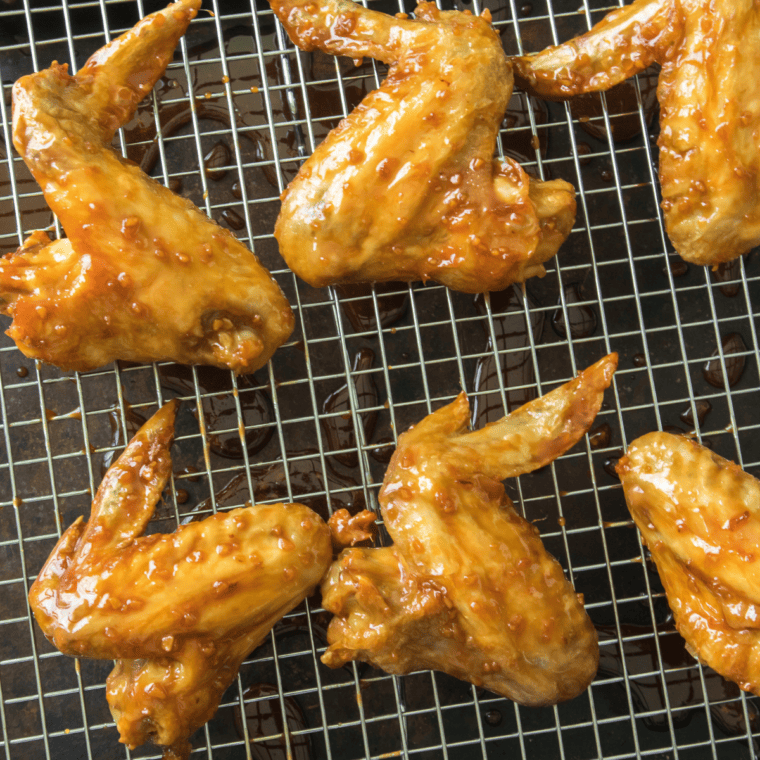
What Deep Fried Foods Can You Cook But Not Air Fry? Air Fryer vs. Deep Fryer
While air fryers have revolutionized the way we approach “fried” foods by using minimal oil and circulating hot air, certain deep-fried foods may not yield the same results or are challenging to replicate in an air fryer. Here are some examples:
- Battered Wet Foods: Foods with wet batter, like tempura or beer-battered fish, might not set properly in an air fryer. The circulating hot air can blow off loose batter before it can set.
- Very Large Items: Bigger foods that are typically deep-fried, like a whole turkey, cannot fit in standard home air fryers.
- Delicate Foods: Some foods can fall apart easily in an air fryer, especially if they require flipping or turning. Examples might include very delicate fish fillets or certain types of stuffed foods.
- Foods Requiring Immersion: Some dishes rely on being fully immersed in oil to achieve their unique texture or flavor. For instance, traditional doughnuts or beignets might not puff up as much in an air fryer as when submerged in oil.
- Complex Layered Foods: Foods like croquembouche or certain multi-layered pastries that require deep frying in large amounts of oil for proper cooking and shaping might be challenging in an air fryer.
- Thin and Small Foods: Very thin or small foods might get blown around inside the air fryer due to the circulating air, leading to uneven cooking. Examples could include thin potato chips or small herbs used for garnishing.
- Sticky or Glazed Foods: Glazed and then traditionally deep-fried foods might not work as well in an air fryer, as the sugars can become overly caramelized or even burn before the food is cooked through.
- Multiple Food Items: When deep frying, you can often cook large batches of food items simultaneously (like fries or chicken wings). In contrast, air fryers typically have limited space, which may not allow even circulation around a large batch, leading to uneven cooking.
While these foods might pose challenges, it doesn’t necessarily mean they cannot be cooked in an air fryer. Many traditional deep-fried foods can be adapted for the air fryer with adjustments to recipes or cooking techniques. However, the results might differ slightly from the deep-fried version regarding texture, flavor, or appearance.
In the culinary showdown between air fryers and deep fryers, each has its unique strengths and applications. With their age-old tradition, deep fryers deliver that unmistakable rich flavor and indulgent texture that many of us have come to love. On the other hand, air fryers represent a newer wave of kitchen innovation, offering a healthier approach to achieving similarly crispy outcomes but with significantly less oil and fuss. While deep fryers might hold the crown for authentic taste in certain classic dishes, air fryers quickly become the go-to for those seeking a balance between taste and health.
Ultimately, choosing between these two cooking methods boils down to personal preferences, dietary goals, and the specific culinary experience one desires. Both have their rightful place in the kitchen, serving as a testament to the ever-evolving world of cooking and the myriad ways we seek to satisfy our palates.

